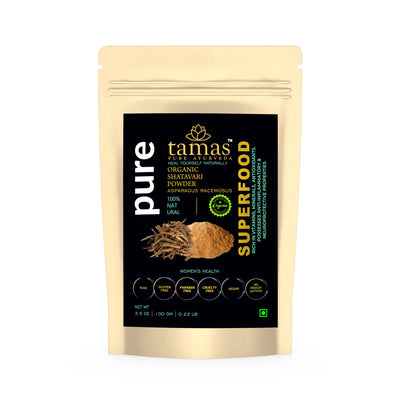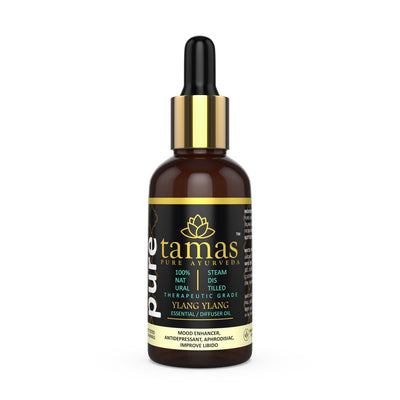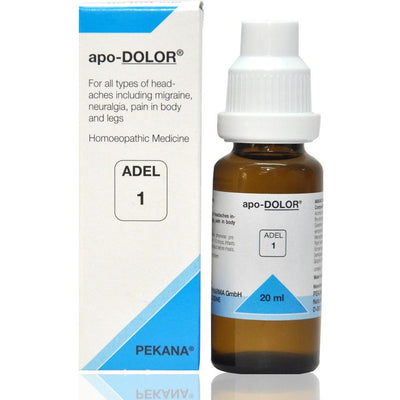About Dhootapapeshwar Usheerasava
It is diuretic, cooling, tranquilizer and blood purifier. It is useful in all types of bleeding disorders, e.g. epistaxis, bleeding per rectum, menorrhagia etc.
Indications Of Dhootapapeshwar Usheerasava
Bleeding disorders
UTI
Urolithiasis
Bleeding Piles,
Diabetes
Menorrhagia
Ingredients of Dhootapapeshwar Usheerasava
Vetiveria Zizanioidis - Widely used in aromatherapy and perfume, Khas-Khas is a cooling agent, tonic and blood purifier. It is used to treat many skin disorders and is known to have a calming effect on the nervous system. Other medicinal uses of Khas-Khas include ringworm treatment, indigestion and loss of appetite.
Nelumbo Nucifera - When you have Vitamin B, you also get pyridoxine in the body. This component can directly interact with neural receptors in the brain to influence mental state as well as positive mood. The other negative factors such as stress levels, headaches, and irritation are also regulated. Although Lotus flowers are usually linked with peace, the roots offer more of this positive aspect to the human body. Potassium is found in sufficient amounts in lotus roots, which means consumption of this part can give a healthy heart. This mineral is responsible for regulation of the balance between fluids in the body and maintains the level of sodium in the blood. It is best known as a vasodilator; as it relaxes blood vessels, promotes blood flow, and alleviate the strain on the heart. It also forms a vital component of the brain as it is needed for healthy neural activity, the passage of blood and fluid in the brain. Among the vitamins, Vitamin C is the most abundant. Vitamin C is a powerful antioxidant to neutralize harmful radicals. It is also involved in the production of collagen that is needed for strengthening the organs, skin and blood vessels. As with any health benefits of the root, this Lotus part is also full of dietary fibre. It offers a smooth flow in bowel movements. It has been known to reduce constipation symptoms while facilitating absorption of nutrients by triggering the secretion of gastric and digestive juices in the intestine. By partaking this food, you can also manage your weight, as you feel full and do not opt for more food
Gmelina Arborea - The root and bark of Gmelina arborea are stomachic, galactagogue laxative and anthelmintic; improve appetite, useful in hallucination, piles, abdominal pains, burning sensations, fevers, ‘tridosha’ and urinary discharge. Leaf paste is applied to relieve headache and juice is used as wash for ulcers. Flowers are sweet, cooling, bitter, acrid and astringent. They are useful in leprosy and blood diseases. In Ayurveda it has been observed that Gamhar fruit is acrid, sour, bitter, sweet, cooling, diuretic tonic, aphrodisiac, alternative astringent to the bowels, promote growth of hairs, useful in ‘vata’, thirst, anaemia, leprosy, ulcers and vaginal discharge. The plant is recommended in combination with other drugs for the treatment of snake – bite and scorpion- sting. In snake – bite a decoction of the root and bark is given internally.
Callicarpa Macrophylla - A decoction of the leaves is used in the treatment of diarrhoea, dysentery and gastro-intestinal bleeding . A juice made from the leaves mixed with equal portions of Drymaria diandra and Oxalis corniculata is used in the treatment of gastric troubles. The leaves are heated and applied as a poultice to ease the pain of rheumatic joints. The root is chewed to relieve rashes on the tongue. A paste made from the roots is used to treat fevers. The juice of the root is used to treat indigestion. An oil obtained from the roots is aromatic and stomachic. It is assumed that this is an essential oil. The inner bark is pounded and used as a poultice on cuts and wounds. The fruits are chewed to treat boils on the tongue. The juice of ripe fruits is used in the treatment of indigestion and fevers.
Symplocos Racemosa - has been used widely in folk medicine for many ailments: the juice for warts, corns, cancers, tumors, and thickened skin; the roots or their extracts for cancers of the uterus, syphilis, the tropical infection, hemorrhoids, and to remove mineral concretions in the urine; the unripe fruit as a mild laxative or diuretic, and to stimulate lactation, labor, or abortion; the ripe fruit for rheumatism and alkalinizing the urine; the seeds for intestinal worms or to stimulate menstruation or abortion; the leaves as a poultice for nervous pains and elephantoid growths, or smoked for asthma relief; and the latex for psoriasis, ringworm, indigestion, or applied externally as an antiseptic or to heal burns or scalds, or applied to the cervix to contract the uterus.
Rubia Cordifolia - The roots are alterative, anodyne, antiphlogistic, antitussive, astringent, diuretic, emmenagogue, expectorant, hypotensive, styptic, tonic and vulnerary. They have an antibacterial action, inhibiting the growth of Staphylococcus aureus, S. epidermidis, Pneumococci etc. The roots are used internally in the treatment of abnormal uterine bleeding, internal and external haemorrhage, bronchitis, rheumatism, stones in the kidney, bladder and gall, dysentery etc. The roots are harvested in the autumn from plants that are at least 3 years old. They are peeled and then dried. The stems are used in Tibetan medicine, where they are considered to have a bitter taste and a cooling potency. Febrifuge, they are used in the treatment of blood disorders and spreading fever of kidneys and intestines. The leaves are antiseptic, astringent and vulnerary. They are used as a poison antidote and to treat mouth sores and intestinal problems such as diarrhoea. A wound dressing is made by rubbing the leaves between the hand palms into a ball, which is then applied to a wound or cut to stop bleeding. The leaves are burnt and the ashes are applied externally to treat mastitis and itchy skin.
Dosage For Dhootapapeshwar Usheerasava
Take 10 to 20 ml with equal amount of water after the meals twice a day.
Uses For Dhootapapeshwar Usheerasava
1. It is also useful in dysuria, oligouria & burning micturition.
2. It is useful in urolithiasis.
Precautions For Dhootapapeshwar Usheerasava
This formulation should be avoided during pregnancy, but it can be consumed during the lactation period under medical supervision. Diabetic patients should also consult a doctor before taking this medicine. Over dosage should be avoided. Store in a cool place in tightly closed amber colored bottle, protect from light and moisture.
















